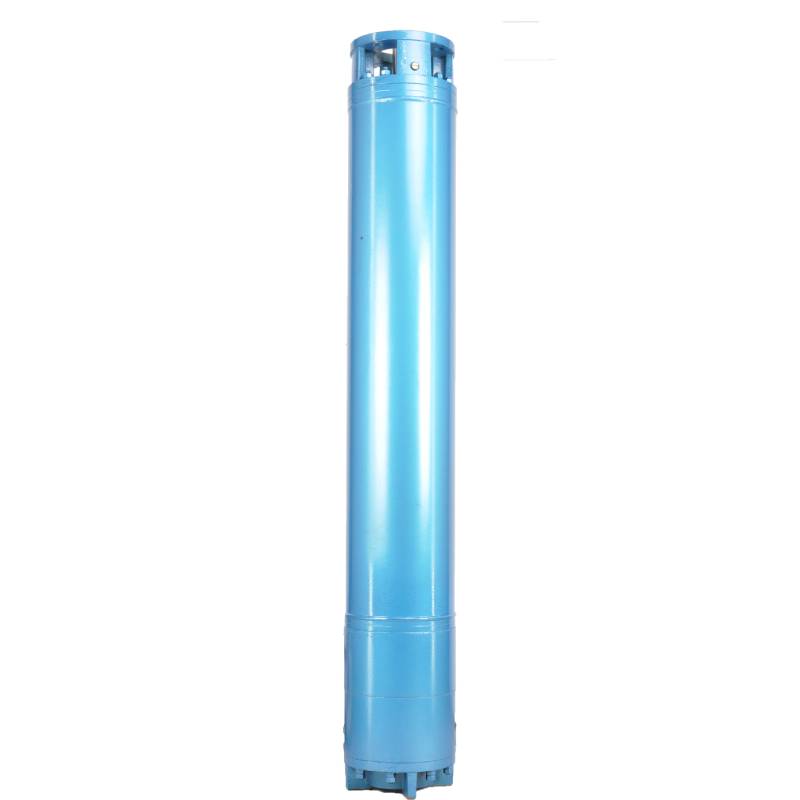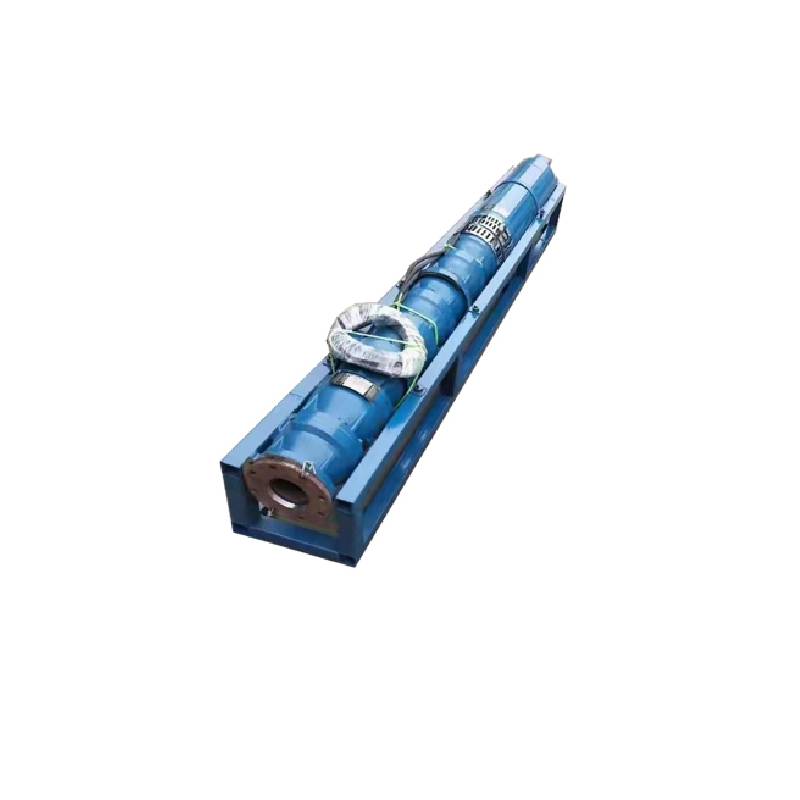Sep . 15, 2024 06:18 Back to list
How to Test a Submersible Well Pump
Testing a submersible well pump is an essential process to ensure its efficiency and reliability in providing water supply for various applications, including residential, agricultural, and industrial uses. Proper testing can help identify any issues, verify performance, and ensure the pump operates within its designed specifications. Here’s a detailed guide on how to test a submersible well pump effectively.
Understanding the Components
Before beginning the testing process, it's crucial to have a basic understanding of the submersible well pump components. These pumps typically consist of a motor, impellers, and a discharge head. The motor is submerged below the water level, providing the force needed to lift water to the surface.
Preparation for Testing
1. Safety Precautions Always prioritize safety when dealing with electrical equipment and water sources. Make sure to switch off power to the pump before beginning any testing procedures.
2. Gather Necessary Tools Common tools for testing include a flow meter, pressure gauge, and measuring tape. Depending on the test, you may also require a voltmeter, ammeter, or wattmeter to measure electrical parameters.
3. Check Water Level Verify the static water level in the well prior to starting the pump. This helps in understanding the available drawdown for the pump during the testing phase.
Testing Procedure
1. Prime the Pump If the pump has lost prime, fill the pump and discharge line with water to ensure smooth operation.
how to test a submersible well pump

2. Start the Pump Switch on the pump and allow it to run for a few minutes to achieve stable operating conditions.
3. Measure Flow Rate Use a flow meter to determine the flow rate. This is typically measured in gallons per minute (GPM). Record the flows over time to assess whether it meets the manufacturer’s specifications.
4. Check Pressure Attach a pressure gauge to the discharge line to measure the pressure output. The pressure (usually in pounds per square inch, or PSI) should also be compared against the manufacturer’s guidelines.
5. Assess Electrical Parameters Use a voltmeter to measure the voltage at the pump motor terminals and an ammeter to measure the current draw. Ensure these figures align with the motor's specifications to identify any electrical issues.
6. Test for Efficiency Calculate the efficiency of the pump by analyzing the flow rate, head (pressure), and power consumption. Efficiency can be improved by adjusting pump settings, fixing leaks, or rectifying mechanical problems.
Post Testing
After testing, analyze all the recorded data. If the well pump does not meet the specified performance metrics, consider troubleshooting or consulting with a professional. Common issues can include blockages, worn-out components, or improper installation.
Conclusion
Regular testing of submersible well pumps not only ensures reliable water supply but also extends the lifespan of the equipment. By following a systematic testing procedure, you can identify potential problems early and maintain optimal operation. This proactive approach is crucial for sustaining water availability and quality for all users.
-
Reliable 4-inch Deep Well Submersible Pump for Constant Water
NewsSep.01,2025
-
175QJB Deep Well Submersible Pump: High-Efficiency & Reliable
NewsAug.31,2025
-
Efficient 250QJP Peep Well Submersible Pump for Deep Well Water
NewsAug.30,2025
-
Deep Well Pump Installation Guide: Reliable Submersible Pumps
NewsAug.29,2025
-
125QJR Deep Well Submersible Pump - High Performance & Reliable Water Supply
NewsAug.28,2025
-
Water Filled Submersible Pump
NewsAug.26,2025
-
 Reliable 4-inch Deep Well Submersible Pump for Constant WaterNeed a dependable 4-inch deep well submersible pump? Our high-efficiency models provide consistent water flow for residential, irrigation, and agricultural needs. Find the best deep well pumps for sale & ensure reliable water supply. Shop now!Detail
Reliable 4-inch Deep Well Submersible Pump for Constant WaterNeed a dependable 4-inch deep well submersible pump? Our high-efficiency models provide consistent water flow for residential, irrigation, and agricultural needs. Find the best deep well pumps for sale & ensure reliable water supply. Shop now!Detail -
 175QJB Deep Well Submersible Pump: High-Efficiency & ReliableAchieve reliable, high-efficiency water supply with our 175QJB Deep Well Submersible Pump. Perfect for agricultural irrigation, industrial water needs, and municipal use. Explore durable performance and inquire today!Detail
175QJB Deep Well Submersible Pump: High-Efficiency & ReliableAchieve reliable, high-efficiency water supply with our 175QJB Deep Well Submersible Pump. Perfect for agricultural irrigation, industrial water needs, and municipal use. Explore durable performance and inquire today!Detail -
 Efficient 250QJP Peep Well Submersible Pump for Deep Well WaterDiscover the powerful 250QJP Peep Well Submersible Pump. Engineered for high-efficiency and reliability, it's ideal for deep well water supply, industrial, and agricultural irrigation. Get consistent performance. Explore our range today!Detail
Efficient 250QJP Peep Well Submersible Pump for Deep Well WaterDiscover the powerful 250QJP Peep Well Submersible Pump. Engineered for high-efficiency and reliability, it's ideal for deep well water supply, industrial, and agricultural irrigation. Get consistent performance. Explore our range today!Detail
